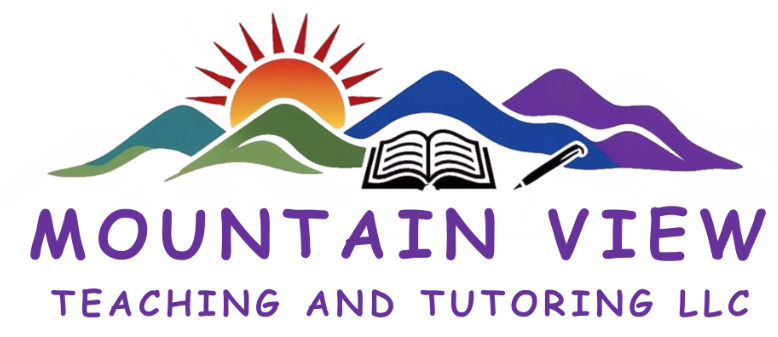Research-Based Methods for Maximum Benefit
These research-based strategies yield an average 3-15 months of learning. High Impact Tutoring (HIT) is a form of tutoring that has seven core components. Small group or individual sessions, a consistent tutor, at least two sessions per week, supplements core instruction, trained teachers or tutors, high-quality materials, and data-driven. At the heart of HITS is building a relationship with the student. Our systems and approaches to HIT are listed below. These approaches do require at minimum one hour a day at least two days a week.
Orton-Gillingham
For many students, about 50%, who find reading, writing, and spelling to be a challenge, the traditional classroom approach simply isn’t enough. The Orton-Gillingham (OG) approach is a powerful, science-based instructional method designed to help those very learners. Widely considered the gold standard for teaching students with dyslexia, its principles can unlock learning for any child who struggles with language processing. Orton-Gillingham isn’t a curriculum or a program, but a unique and flexible approach to teaching. Its success is built on several core principles:
Multisensory: Learning is cemented in the brain when multiple senses are engaged. OG lessons involve seeing letters, hearing their sounds, and using touch and motion to form them. A student might trace a letter in a sand tray while saying its sound, creating multiple pathways in the brain to retain the information.
Structured, Sequential, and Cumulative: The English language is taught in a logical, step-by-step manner. Lessons begin with the simplest concepts and build upon one another, ensuring that students have a solid foundation before moving on. There are no gaps left for a child to fall through.
Diagnostic and Prescriptive: The instruction is tailored to the individual student. Our tutors constantly assess a student’s progress to understand their exact needs, then design the next lesson to target those specific skills. It is truly personalized instruction.
Direct and Explicit: Students are taught the rules and patterns of the English language directly. Nothing is left to guesswork. By understanding the why behind spelling rules and sentence structure, students gain the tools to decode language confidently.
You can read more about the Orton-Gillingham approach on the following websites: IMSE, Reading Rockets
Math
Successful Math Teaching and Intervention follows a unique and flexible approach with several key concepts.
Systematic Instruction: Systematic instruction to develop student understanding and mathematical ideas.
Mathematical Language: Teach clear and concise mathematical language and support students’ use of the language to help students effectively communicate their understanding of mathematical concepts.
Representations: Use a thought out set of concrete and semi-concrete representations to support students’ learning of mathematical concepts and procedures.
Number lines: Use the number line to facilitate the learning of mathematical concepts and procedures, build understanding of grade-level material, and prepare students for advanced mathematics.
Word Problems: Provide deliberate instruction on word Problems to deepen students’ mathematical understanding and support their capacity to apply mathematical ideas.
Timed Activities: Regualarly include timed activities as one way to build students’ fluency in mathematics.
You can read more about our math approach on the following websites: Institue for Educational Sciences,
